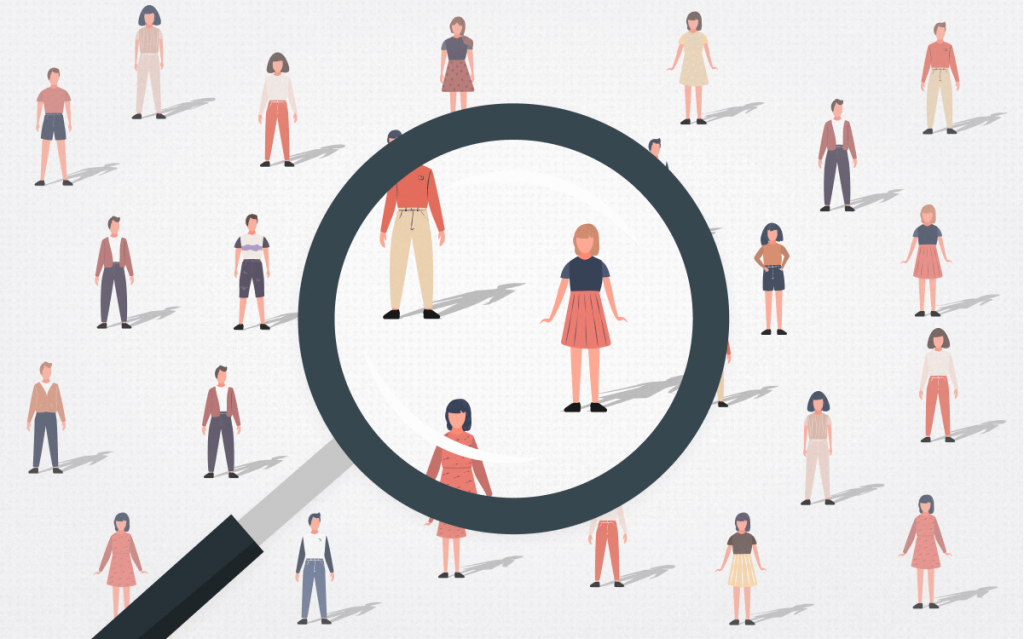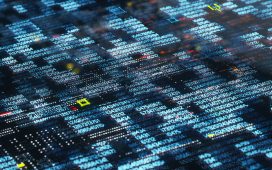
Even though we like to think that machines don’t have bias, they do. In machine learning, this is an error where some parts of a dataset are misrepresented. Biased datasets don’t give an accurate use case for a model leading to poor outcomes, analytical errors, and low accuracy.
The general rule for training data for ML projects is that it has to be truthful to the real world. Through this accurate representation, the machine learning model can learn how to perform a task correctly.
There are all kinds of different data biases, including selection bias, interpretation bias, human reporting bias, and so on. This can be a big problem.
How to Start and Why It Should Be Avoided
Dealing with data bias in ML projects requires determining where it’s located before doing anything else. Only after you’ve identified where the problem lies can you start taking steps to resolve it. This is why it’s very important to be careful with your data handling, quality, and data scope to prevent bias as much as possible.
Not only that data bias can make your models inaccurate and therefore less valuable, but it can also raise important issues like inclusion, fairness, and ethics. When it comes to self-learning systems, data bias can cause dangerous and undesired outcomes.
Data Bias Types in Machine Learning
Here are some of the most common data bias examples in machine learning.
Racial
This bias happens when data leans towards a particular demographic. Some common examples are speech and facial recognition technologies when they are unable to recognize non-white people accurately.
Sample
This bias happens when ML models are trained using limited samples that don’t reflect the real image in the environment where the model will be used. For example, if you train a system primarily on images of white people, they will be less accurate with people of color.
Measurement
This is a bias caused by poor measurements. For example, a program for image recognition will have difficulty recognizing images if all of the data (images) used for training is captured with a single camera type.
Exclusion
In a lot of cases, data experts make the mistake of deleting parts of data that they don’t think are important because they want to make handling and data preprocessing easier. For example, if analyzing customer sales it’s important not to exclude their gender as it can give valuable information.
Observer
This bias comes directly from the research and reflects on the data. Researchers have subjective conclusions and no prior knowledge about a group, and they transfer it through their unconscious or conscious prejudices.
Avoiding Data Bias
Generally, avoiding data bias requires a lot of ongoing work. First of all, it’s important to research the users as best as possible. It’s generally a good idea to have diverse data labelers and scientists. Try to add multiple data sources to get diversity.
All of the data labeling guidelines should be clear. Utilize multi-pass annotation in projects where data accuracy might be biased. Hire a third party to review the data and recognize potential bias. Analyze data constantly, check for errors, and find troubled areas.
On the other hand, if you have an answer to the question “what is a data marketplace?” and like to acquire your data this way, make sure to check it thoroughly for bias before acquiring it.
Conclusion
In the end, include a bias testing process within each development project. Always consider the potential for data bias. Not only does this help you create fair solutions, but it also gives them more accuracy and efficiency.












